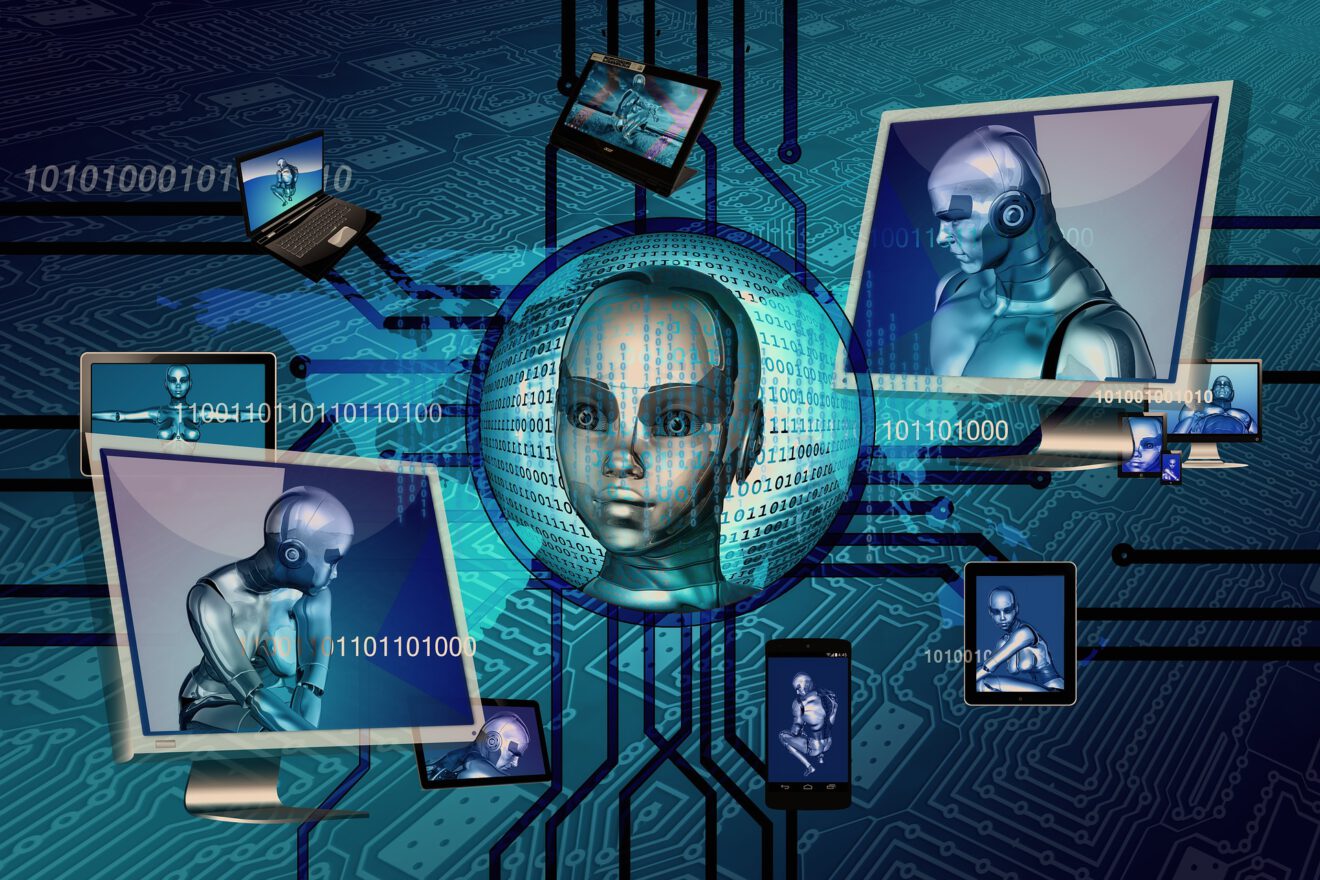It’s been nearly 50 years since Stanley Kubrick introduced HAL (Heuristically programmed ALgorithic computer) in the science fiction film “2001: A Space Odyssey.” What appeared to be fantastic and futuristic at the time is quickly becoming commonplace as automated services and electronic butlers assume an increasingly important role in day-to-day life.
As a result, machine learning is a topic of conversation in business.
“Machine learning is fundamentally about automated systems learning to identify patterns and relationships in data using hundreds of variables,” according to the Fall 2016 edition of Talent Economy. And this is important because a machine’s ability to perform this kind of work dramatically outstrips the average worker’s capacity.
According to Srini Pillay, CEO of NeuroBusiness Group and assistant professor at Harvard Medical School in Training Industry Magazine January 2017: “With machine learning on the rise – from robots that can flip hamburgers faster than a line cook, to computers that can crunch data faster than the most brilliant actuary – linear thinking will become increasingly commoditized…” (leaving workers to face an uncertain and possibly irrelevant future.)
Insightful leaders see the value of leveraging machine learning where it makes the greatest sense and impact. But they also understand the unique contributions that are only available from the human mind and spirit.
These leaders know how to tap an unbeatable and ever-evolving competitive advantage by enabling and promoting the non-linear, abstract and creative learning and thinking capacity that resides exclusively within each employee’s brain. And they do it by employing three high-impact leadership practices that support a range of other business outcomes as well.
Model curiosity
Machines might be able to crunch the data available, but (at least today) they aren’t able to demonstrate the inquisitiveness and wonder that a great leader can spark in others. When leaders model a healthy dose of curiosity, it infects everyone around them.
When leaders admit they don’t know an answer or ask “why?”, when they openly follow an intuitive lead just to see where it goes, when they sit humbling at the feet of customers, watching in awe at how they really interact with your products: All this sends a powerful message through the organization. Others see how to improve the thinking they bring to their work and offers a learning advantage over machines.
Ask more, tell less
The time-starved environment in which most leaders find themselves means “telling” is the typical response in most situations. It’s perceived as more efficient (at least in the moment) than facilitating discovery-based conversations. Yet, encouraging the kind of thinking that differentiates people from machine requires training the mind to struggle, sort through information, put cognitive puzzles together in different ways, and generate new ideas.
The key to helping employees do this resides in asking rather than telling. Leaders who use more questions than statements may indeed find themselves spending more time in conversation. But they’ll also find themselves surrounded by thought partners who offer a learning advantage over machines.
Promote diversity
Deep, multifaceted, game-changing thinking is generally the result of a rich mix of different perspectives, experiences and ideas. Bringing together different people from different backgrounds representing different cultures might be the first step, but it’s not enough.
Effective leaders know that they play a role in orchestrating the experience to ensure that all points of view emerge in an environment that is safe and respectful. They monitor the dynamics to actively encourage differences and dissent. These leaders systematically protect and nurture new ideas, allowing them the incubation required for meaningful consideration.
The process can be messy, but it’s also productive. It generates innovative thinking while simultaneously building strong, trust-filled teams that offer a learning advantage over machines.
The power and contributions of machines to business will continue to grow. But, it’s the power and contribution of human learning that represent an organization’s sustainable competitive advantage. Promoting the the kind of thinking that is available exclusively within each employee’s brain will distinguish organizations, help employees grow and develop, and offer an ongoing source for innovation. And even Stanley Kubrick’s HAL can’t do that.
Julie Winkle Giulioni is the author of “Help Them Grow or Watch Them Go: Career Conversations Employees Want,” with Bev Kaye. Giulioni has spent the past 25 years improving performance through learning. She consults with organizations to develop and deploy innovative instructional designs and training worldwide. You can learn more about her consulting, speaking and blog atJulieWinkleGiulioni.com.
If you enjoyed this article, join SmartBrief’s e-mail list for our daily newsletter on being a better, smarter leader.
